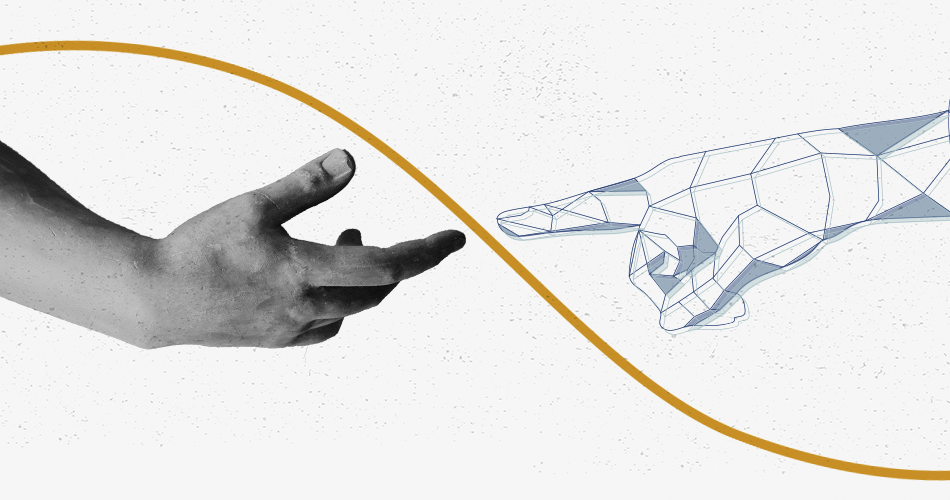Low Touch Economy: Tomorrow’s Model
 Zoox Smart Data - 20 de May de 2020.
Zoox Smart Data - 20 de May de 2020.
The post-Covid19 world will have an economy formed by new habits and regulations based on reduced interaction and stricter hygiene restrictions. New work practices and dynamics should be strengthened, such as home office, e-commerce, and more practices of the so-called low touch economy.
CONSUMER BEHAVIOR: NEW PRACTICES
Low touch economy is the term used for the flow of capital that does not depend on direct contact between customers and sellers. This business model has been growing exponentially in recent years and, after the new coronavirus pandemic, should be assimilated by most industries.
According to André Dias, executive director of Compre & Confie, a company that monitors Brazilian digital retail sales, the growth in online shopping has increased due to products that were not widely marketed via e-commerce, such as the health area, which had a growth of 128, 5% between February 24th and March 25th.
“With this quarantine movement, people saw the need to start consuming non-durable goods,” says André.
Low touch selling is characterized by customer autonomy. In other words, more intuitive and accessible platforms facilitating online sales and reducing points of physical contact. Low touch does not mean the end of regular sales, but a natural evolution of processes.
Read More: Download for free out ebook about Low Touch Economy.
THE BENEFITS OF THE LOW TOUCH MODEL
The Low Touch model is defined by the low level of physical interaction between potential customers and sales representatives throughout the sales funnel. This is done by automating processes in place of manual and repetitive tasks and contacts. In addition to optimizing processes, it is also an efficient way to reduce costs. some benefits are perceived, such as reduced costs with marketing and employees, in addition to:
Reduced customer acquisition cost
The reduction of Customer Acquisition Cost (CAC) is the most direct advantage of the low-touch model. The formula of this metric, important for any company, divides investments in marketing and sales by the number of closed deals.
Thanks to process automation, low touch increases the acquisition efficiency of your teams and, consequently, allows you to cut department costs.
With reduced CAC, companies can lower the cost of producing the service or product and revert it to other investments.
Comfort and autonomy for the end-user
By reducing the number of contacts made in the service, the customer has more comfort when using the service. This is the case of airports or hotels that have facial recognition check-in: the client performs the task when it is most comfortable and does not have to wait in lines.
THE WORLD IS ALREADY LOW TOUCH. AND IT TENDS TO BE EVEN MORE.
Rappi, a Colombian delivery startup, already estimates a growth of around 30% in the number of orders in Latin America in the first month of quarantine. In September 2019, iFood reached the mark of 21.5 million orders, totaling 159.3 million since the beginning of the year. This demonstrates how people, instead of going to restaurants, have chosen to order delivery even before isolation measures.
A natural trend is the reduction of the total size of offices, restaurants, and infrastructure, at the same time that houses are now more adapted for Home Office. Robert Half, a recruiting firm, conducted a survey in which 47% of respondents said that remote work has increased in the past three years. Check out tools to be more productive in the Home Office.
In tourism, international travel may encounter more bureaucracy and sanctions than in recent years. Traveling locally should become a safer and more sustainable option.
The periods spent in public places in airports and hotels should be eliminated due to the high turnover of people. Facial recognition is already helping to shorten queues at one of Singapore’s Changi airport terminals. Through this technology, passengers can now check-in, check baggage, and do immigration procedures, all by self-service.




Comments